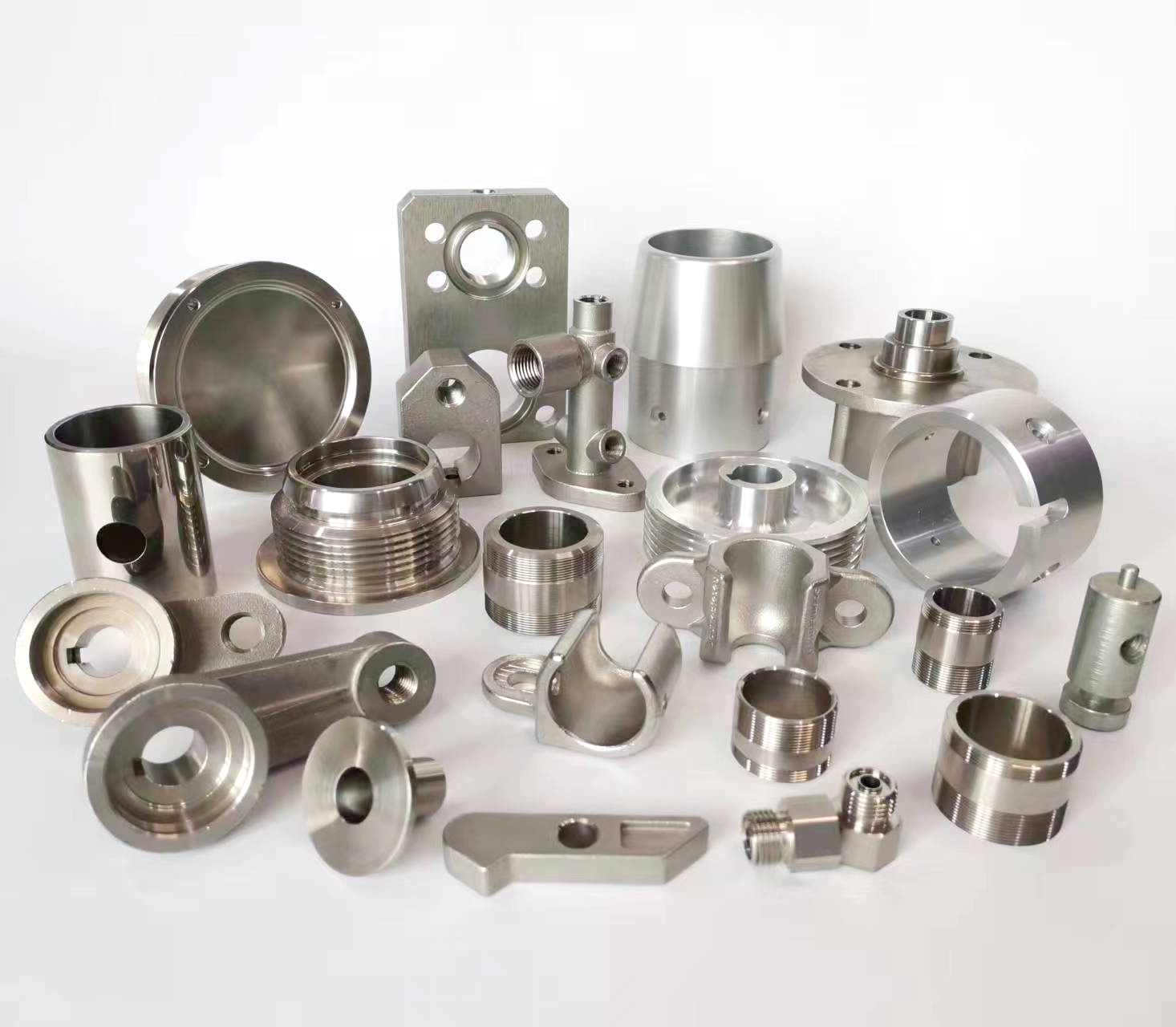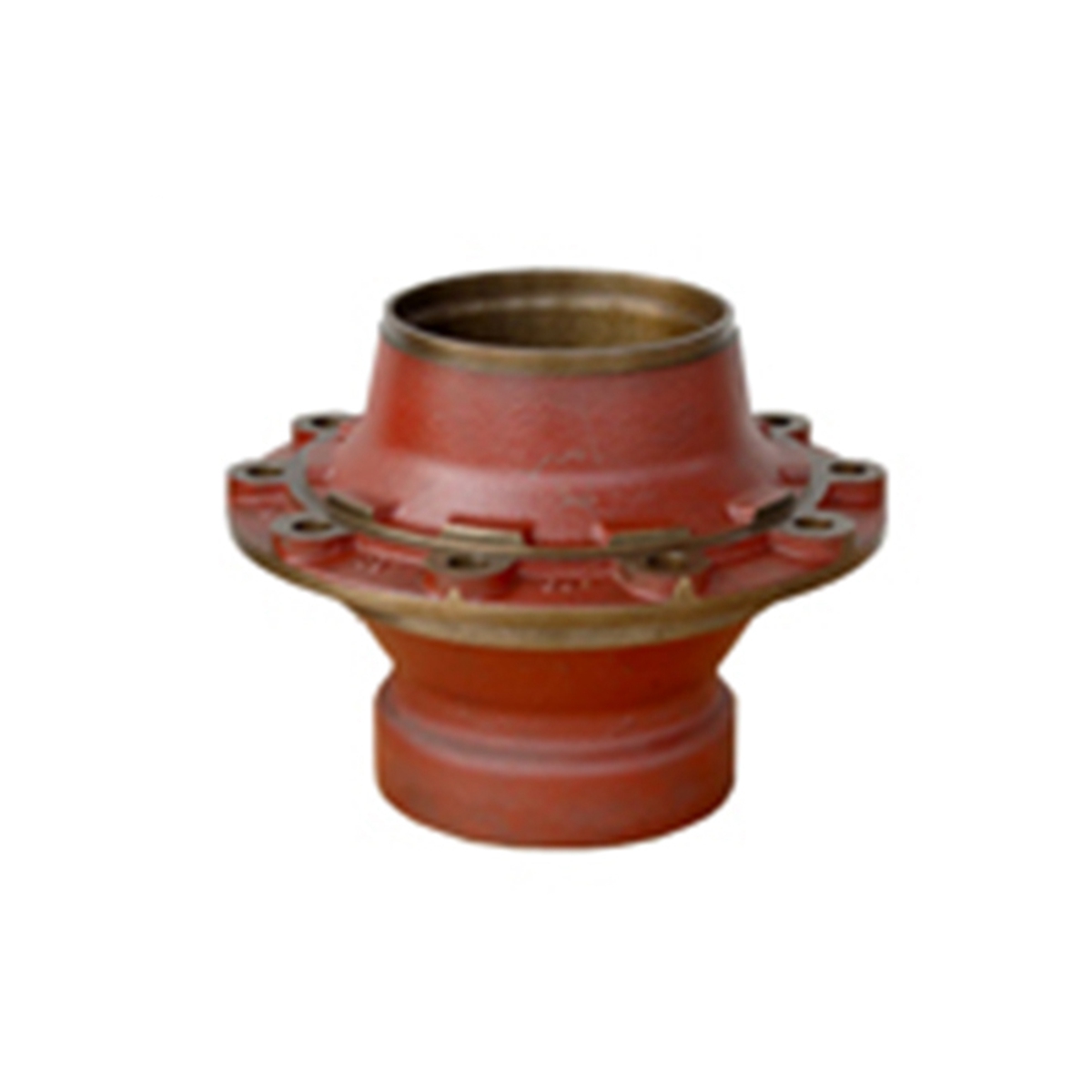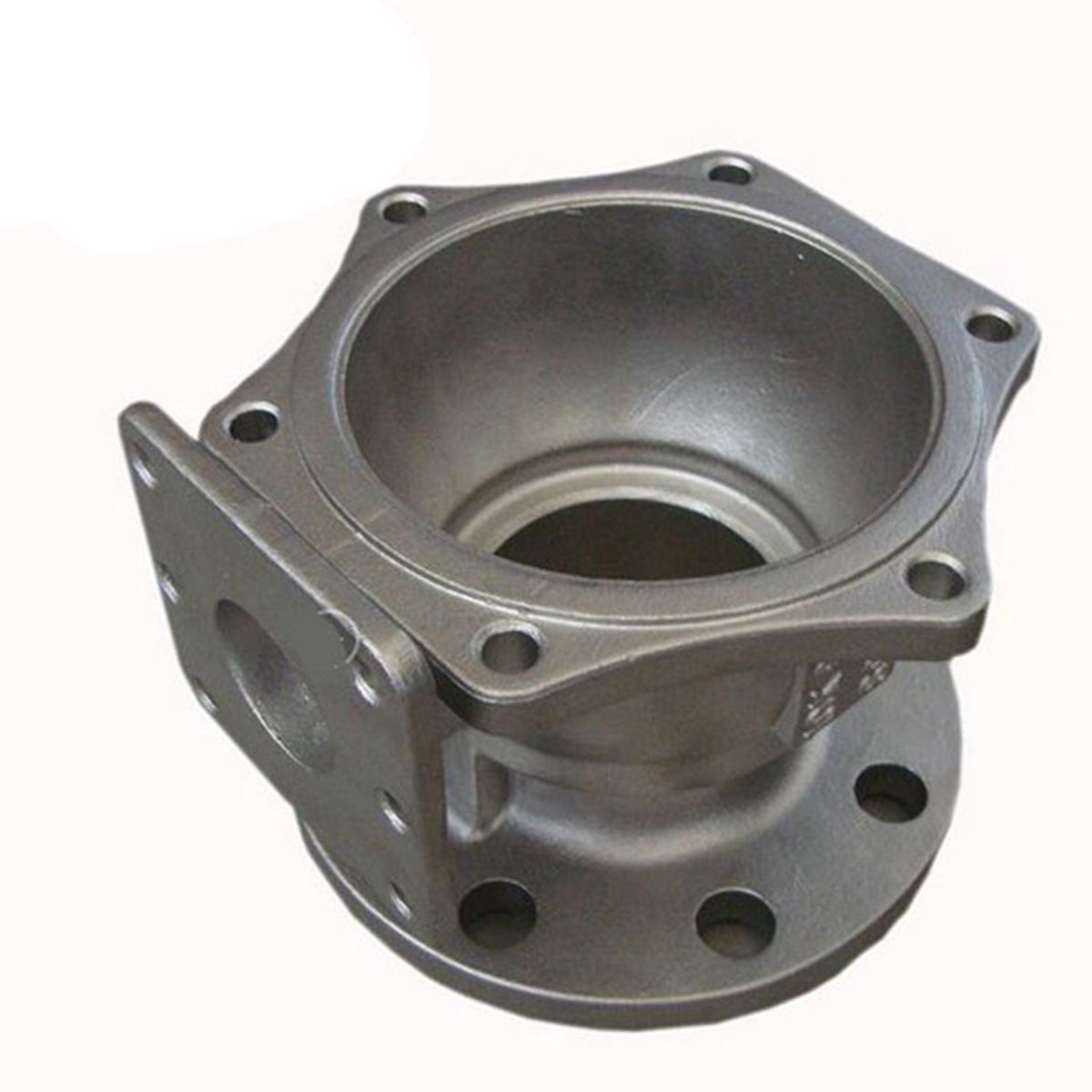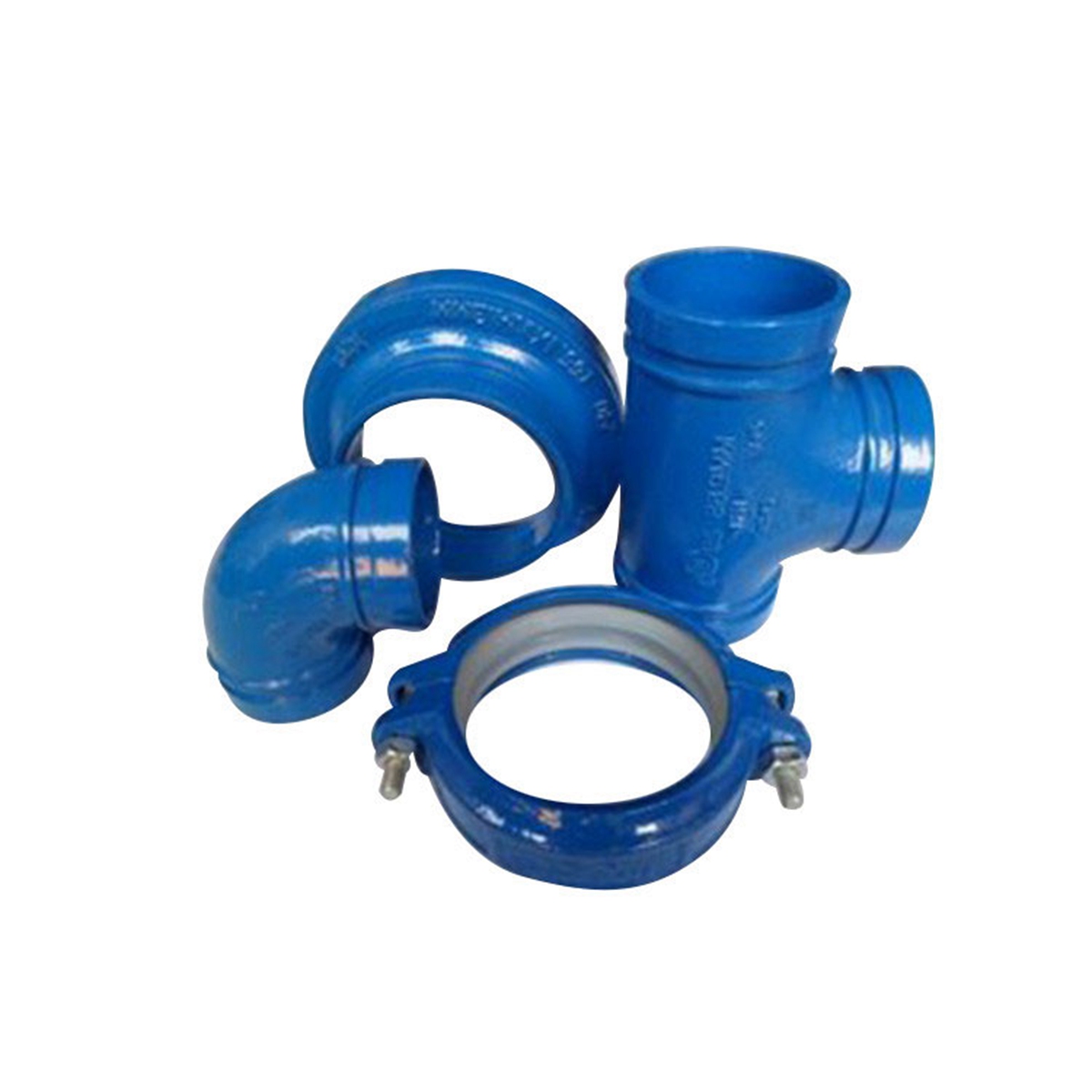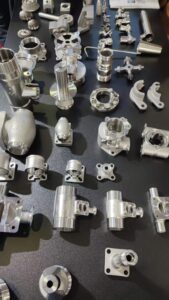
For each major link in the production of high manganese steel castings, measures should be taken from the following aspects to prevent the occurrence of cracks.
- Structural design of castings
Structural problems such as too large a difference in wall thickness of castings, improper wall thickness transition, and too small fillet transition of castings are prone to cracks. Therefore, casting design should be closely combined with the casting process to avoid unreasonable casting design. For example, you can change the “+” cross-section to a “T” shaped cross-section, etc.
- Casting process design (including various process factors and pouring system)
Among the various factors in the casting process, the most important one is the concession of the casting mold, followed by the unreasonable design of the sandbox. For example, box reinforcements may cause cracks if they hinder shrinkage. Therefore, there must be a certain distance between the box reinforcements and the castings and risers.
If the gating system is improperly designed, multiple ingates that are dispersed and guided often crack at the connection with the ingates because they hinder the shrinkage of the casting. It should be pointed out in particular that at the inlet of the casting, the local temperature is high and it finally solidifies. Since insufficient feeding is not obtained, the shrinkage stress causes the casting to crack, so riser feeding is generally provided at the gate.
- Riser and chiller settings for high manganese steel castings
The riser setting of high manganese steel castings is based on the principle of not using ordinary top risers because it is easy to cause cracks when cutting the risers with an acetylene flame. Therefore, it is best to use side risers and easy-cut risers. The risers are usually removed with a hammer. Castings are provided with risers to feed hot joints so that the castings do not produce shrinkage cavities and shrinkage porosity. This is an effective measure to prevent internal cracks. However, the riser setting also produces contact hot joints, and other process measures must be properly coordinated with it. If the cold iron is used rationally, it can prevent internal cracks and prevent external cracks.
The cold iron can adjust the solidification speed of each part of the casting and can cause the defects of the casting to move. Cooperating with the riser can expand the feeding range of the riser. However, improper use of cold iron, such as the use of bent and deformed cold iron, often causes cracks in the casting due to uneven solidification speed within the inappropriate length range of the cold iron. Large intervals between cold irons can also cause cracks. High manganese steel castings are very sensitive to this, so special attention should be paid to process design.
- Chemical composition and smelting process
In high manganese steel, carbon and phosphorus have the greatest impact on crack generation. The higher the carbon content, the more likely the casting is to crack.
Attention should also be paid to the impact of the reduction and refining of molten steel on cracks in high manganese steel castings. During the smelting process of high manganese steel, the sum of FeO+MnO in the slag should be strictly controlled to not exceed 1.2%, because as the sum of FeO+MnO in the slag increases, the FeO+MnO in the molten steel must also increase. Precipitation at grain boundaries will make the steel brittle.
Controlling the pouring temperature and unpacking temperature is also an effective measure to prevent cracks in high manganese steel castings. As the pouring temperature increases, the shrinkage stress of the casting increases. More importantly, the grains become coarse and the columnar crystals are serious, which greatly weakens the strength of the steel. In addition, high manganese steel castings should not be packed when red hot, and the castings should be exposed to the air for rapid cooling. Instead, they should be cooled slowly in the mold. For complex castings, the temperature should be lowered to about 200°C before being packed.
- Heat treatment process
Whether the temperature difference between the furnace temperature and the casting is appropriate when loading the furnace is an important factor in the occurrence of cracks. After the casting is put into the furnace, it should be uniformly heated for 1 to 1. 5 hours before heating up so that the casting heats up slowly. The heating rate at low temperatures (below 650°C) is the key to cracks. Generally, the heating rate of more complex castings should not exceed 50 ℃/h, otherwise, the castings will easily crack.

